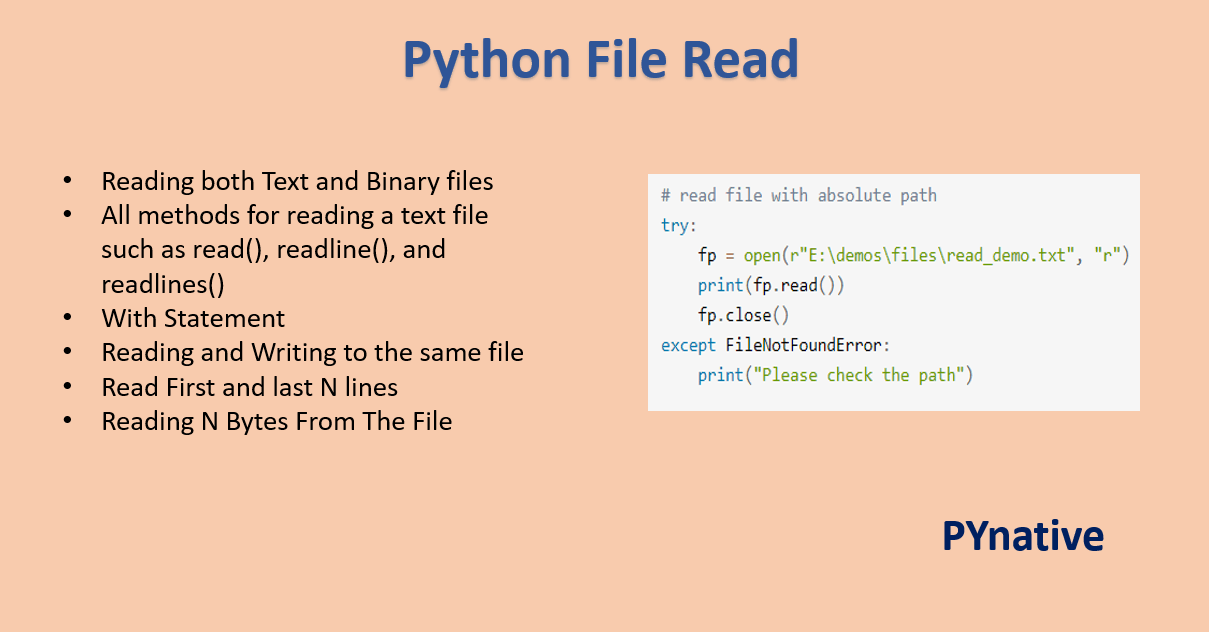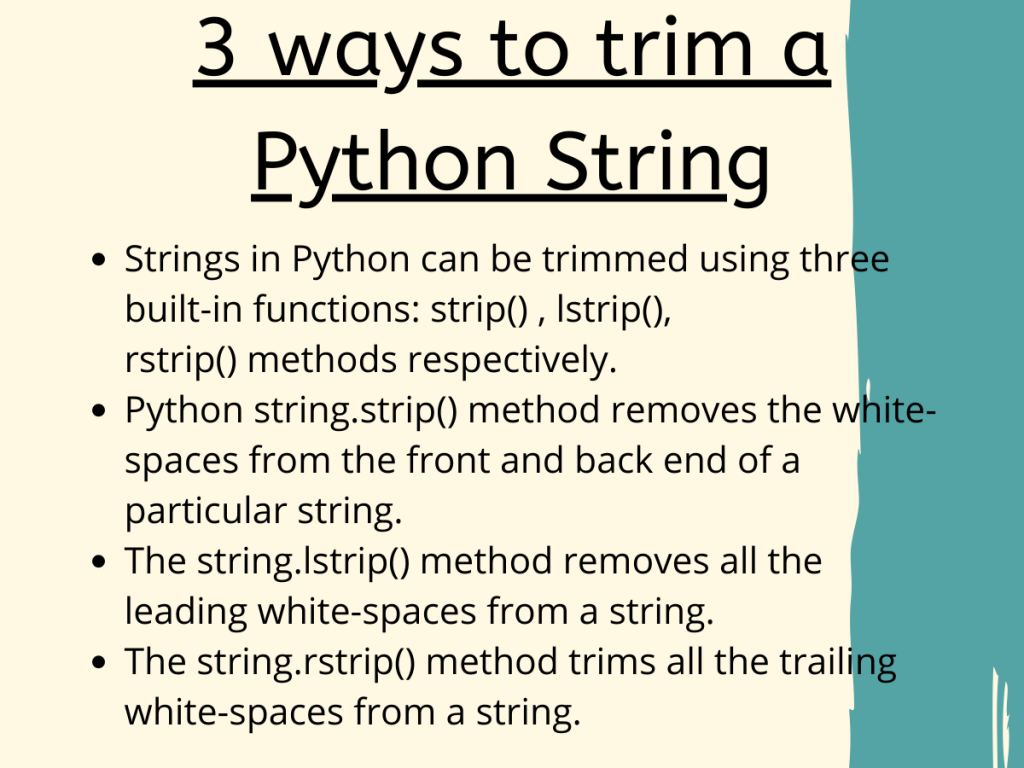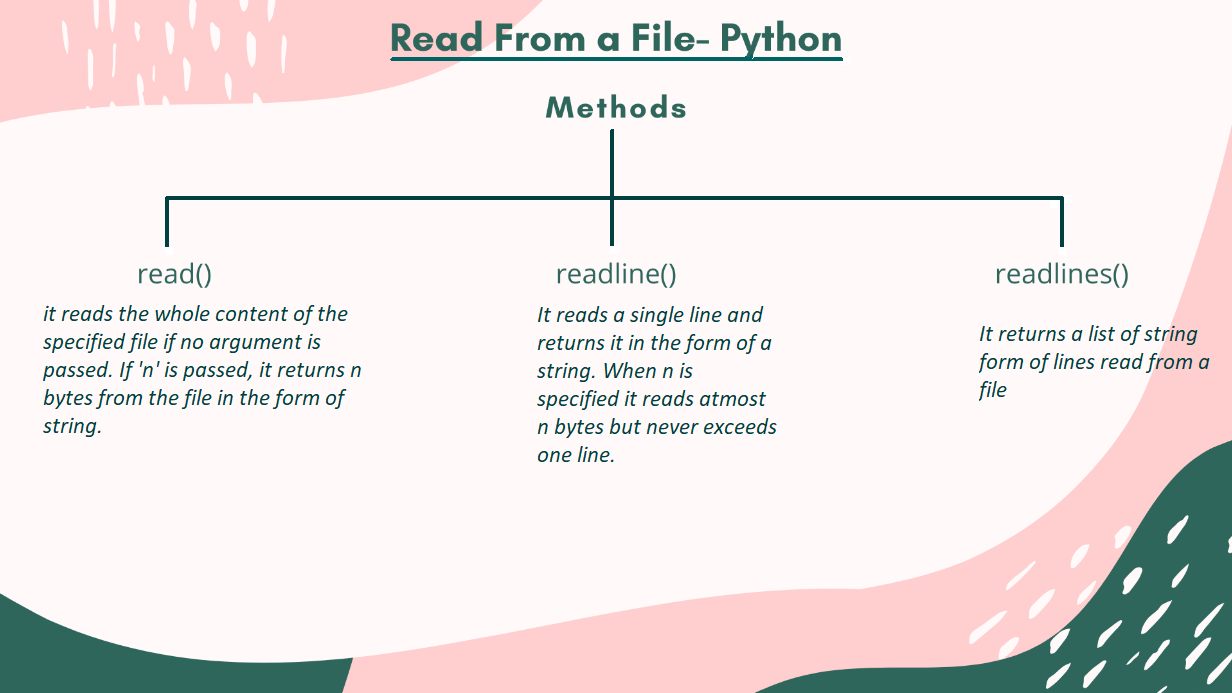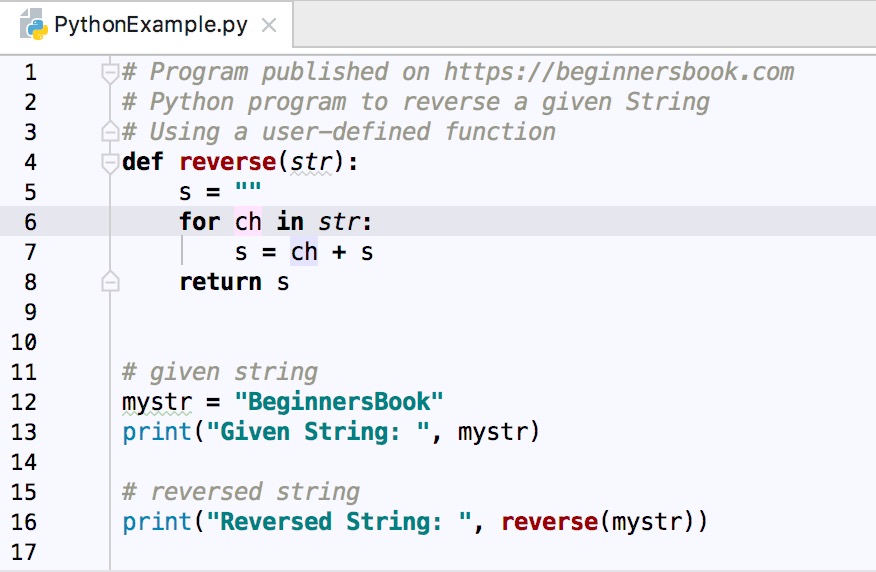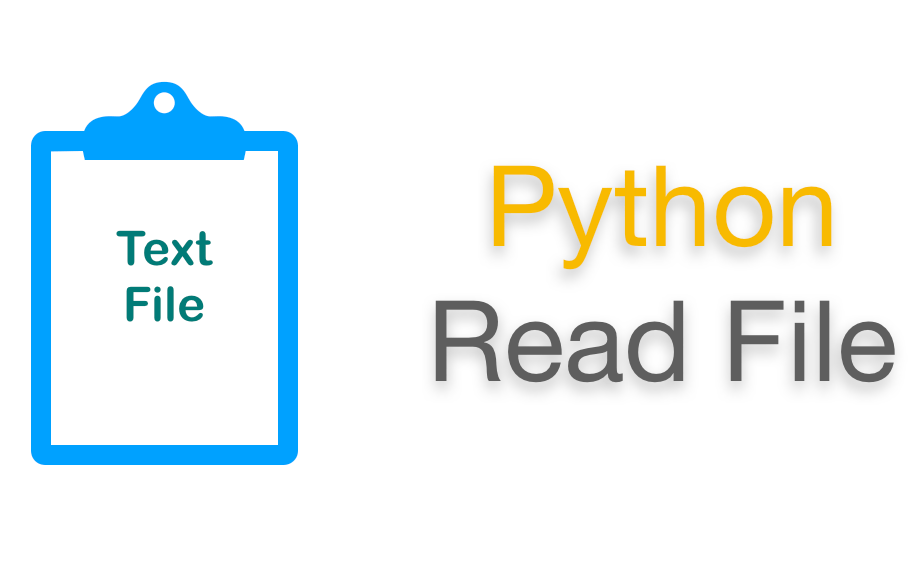Python Read Whole File As String
Python Read Whole File As String - If you want only a string, not a list of the lines, use text_file.read() instead. Reading and writing files 7.2.1. Open () function returns a file object. Web the file path is a string that represents the location of a file. F = open (mytextfile.txt) text = f.read () f.close (). Web in this example, we define a function read_file_into_buffer that takes the path of the file as an argument. Web how to read whole file in one string. Web newfile = open (newfile.txt,w) f = open (filename.txt,r) for line in f: Replaced = line.replace (string1, string2) newfile.write (replaced) and it only writes the first 382 mb of the original file. Web how to read entire text file in python?
Web text_file.readlines() returns a list of strings containing the lines in the file. Web video python provides inbuilt functions for creating, writing, and reading files. Returns the read bytes in form of a string. Read () method returns whole content of the file as a string. Web the only problem i have is that if you even enter part of the name, it will tell you the whole name exists. Open () function returns a file object. Web 3 answers sorted by: Web every line of 'python read entire file to string' code snippets is scanned for vulnerabilities by our powerful machine learning engine that combs millions of open source libraries, ensuring your python code is secure. Call read () method on the file object. If you want only a string, not a list of the lines, use text_file.read() instead.
Returns the read bytes in form of a string. We open the file in read mode ('r') using the open() function. F = open (mytextfile.txt) text = f.read () f.close (). I want to read json or xml file in pyspark.lf my file is split in multiple line in. Open () function returns a file object. Array=array.add (text) then you can get your favorite string. If you want only a string, not a list of the lines, use text_file.read() instead. Then, we use the file.read() method without specifying a buffer size, which reads the entire file into memory as a single string. Call inbuilt open () function with file path as argument. Web reading from a file.
Python Read File Tutorial PythonTect
Web the file path is a string that represents the location of a file. File_object.read ( [n]) readline () : Like below a = open ('mytextfile.txt') b=a.split ('\n')) array= [] for texts in b: Then, we use the file.read() method without specifying a buffer size, which reads the entire file into memory as a single string. The actual name of.
√99以上 line break in python output 227297Line break in python output
Web in this example, we define a function read_file_into_buffer that takes the path of the file as an argument. There are two types of files that can be handled in python, normal text files and binary files (written in binary language, 0s,. File_object.read ( [n]) readline () : [ { firstname:john, lastname:doe }, { firstname:anna ] } input is spread.
Reading Files in Python PYnative
Returns the read bytes in form of a string. Web how to read entire text file in python? There are three ways to read data from a text file. If you omit the size, the read () method reads from where it left off till the end of the file. The string format() method 7.1.3.
Python 3 Tutorial 17 String Methods YouTube
File_object.read ( [n]) readline () : 0 it is possible to insert the strings in the text file in to an array d eliminated with newline character. Web 3 answers sorted by: Web newfile = open (newfile.txt,w) f = open (filename.txt,r) for line in f: I want to read json or xml file in pyspark.lf my file is split in.
Python File Input Read Version 1 YouTube
Replaced = line.replace (string1, string2) newfile.write (replaced) and it only writes the first 382 mb of the original file. [ { firstname:john, lastname:doe }, { firstname:anna ] } input is spread across. The string format() method 7.1.3. Web in this example, we define a function read_file_into_buffer that takes the path of the file as an argument. The actual name of.
3 ways to trim a String in Python AskPython
I want to read json or xml file in pyspark.lf my file is split in multiple line in. You also have another problem in your code, you. There are three ways to read data from a text file. We open the file in read mode ('r') using the open() function. It’s broken up into three major parts:
Python Read File 3 Ways You Must Know AskPython
Web the file path is a string that represents the location of a file. I want to read json or xml file in pyspark.lf my file is split in multiple line in. Reads n bytes, if no n specified, reads the entire file. The string format() method 7.1.3. There are two types of files that can be handled in python,.
Web the file path is a string that represents the location of a file. Often one might need to read the entire content of a text file (or flat file) at once in python. For example the names in my text file are: 0 it is possible to insert the strings in the text file in to an array d.
Python File
For example the names in my text file are: The read () method returns the specified number of bytes from the file. It’s broken up into three major parts: Open () function returns a file object. However, it’s not suitable to read a large text file because the whole file content will be loaded into the memory.
Python Read File Python File Open (Text File example)
Call inbuilt open () function with file path as argument. Web reading from a file. Web the only problem i have is that if you even enter part of the name, it will tell you the whole name exists. Web how to read entire text file in python? Call read () method on the file object.
F = Open (Mytextfile.txt) Text = F.read () F.close ().
Anya, albert and clemont, all seperated on different lines. [ { firstname:john, lastname:doe }, { firstname:anna ] } input is spread across. Web 2) reading text methods the file object provides you with three methods for reading text from a text file: I want to read json or xml file in pyspark.lf my file is split in multiple line in.
Open () Function Returns A File Object.
Like below a = open ('mytextfile.txt') b=a.split ('\n')) array= [] for texts in b: There are three ways to read data from a text file. The actual name of the file. Array=array.add (text) then you can get your favorite string.
Web How To Read Entire Text File In Python?
The popular way is to use the readlines () method that returns a list of all the lines in the file. However, it’s not suitable to read a large text file because the whole file content will be loaded into the memory. The string format() method 7.1.3. Read () method returns whole content of the file as a string.
In This Post, We Showed An Example Of Reading The Whole File And.
Often one might need to read the entire content of a text file (or flat file) at once in python. File = open('my_text_file',mode='r') # read all lines at once. For example the names in my text file are: Reading and writing files 7.2.1.


